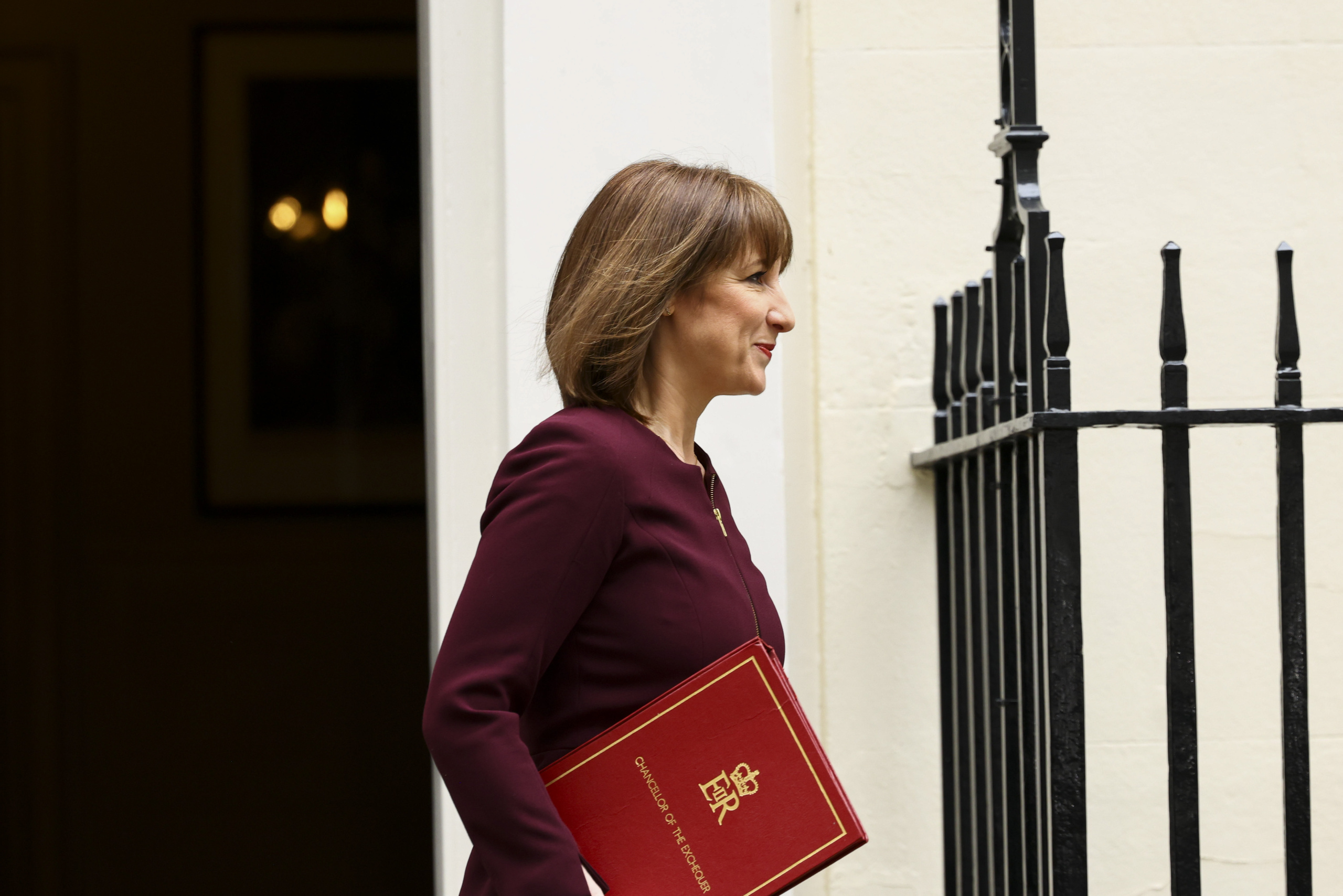
Today’s Spring Statement shows that housebuilding is not just a key plank of the government’s drive for growth — it is the major driver between now and the next parliament.
The Office for Budget Responsibility forecasts Labour will build 1.3 million homes over the next five years.
Chancellor Rachel Reeves said this got the administration “within touching distance” of its 1.5 million target – and is 50% higher than the one million homes built over the previous five years.
But this year, the watchdog offered Reeves little comfort, cutting its growth forecast in half to 1% in 2025, from 2% at the time of the October Budget.
It expects inflation to average 3.2% this year, up from 2.6% previously forecast, before falling back to 2.1 in 2026.
The watchdog does not expect the cost of living to fall below the Bank of England’s 2% target until 2027.
So, the effect of getting close to its housebuilding targets cannot be underestimated.
The watchdog predicts the economy will be 0.2% larger in 2029-30 because of the reforms – worth around £6.8bn in today’s money – growing to 0.4% over the next ten years.
This represents the biggest positive growth effect it has ever forecasted for a policy that comes “at zero cost to taxpayers,” Reeves said.
The policy will see over 170,000 new homes and leave borrowing £3.4bn lower in 2029-30.
The watchdog says Labour’s package of planning reforms and up to 60,000 trained construction workers, which plans to pare back red tape will have “a material, additional, and durable impact on housebuilding”.
The OBR forecasts output to lift by 1.9% in 2026, 1.8% in 2027, 1.7% in 2028 and 1.8% in 2029.
But planning applications will have to move out of the doldrums.
District planning authorities granted 271,600 decisions last year, down 7% from a year ago, according to housing department data earlier this month.
Black & White Bridging commercial director Damien Druce says: “The number of planning applications submitted in the year to September 2024 was the lowest since records began in 2005.
“Housebuilders, facing high material costs, a weak economy, and low consumer confidence, are simply not bringing forward new projects.”
The OBR estimates property transactions will rise from around 290,000 a quarter at the end of last year to around 370,000 a quarter by 2029.
It says this is around 9,000 higher each quarter than our October forecast “largely due to the planning reforms”.
However, some in the property market worry about the finance consumers will need to fill these new homes.
SPF Private Clients technical director Chris Sykes says: “We expect new builds to be a priority for lenders, with criteria being tailored to support lending in this area.
“However, building homes is only part of the solution—helping first-time buyers access them is just as important.
“No changes were announced to Lifetime Individual Savings Accounts, and stamp duty changes will take effect in the coming days, increasing the tax burden for many FTBs.”



